(Prices correct as of today’s date, are updated daily, are subject to change and represent genuine availability at time of update).
Cruise only holidays are financially protected by ABTA. Fly cruise holidays are financially protected by Cunard Line under ATOL number 6294
Please click here to check the essential travel requirements before booking this cruise.
Want to add a hotel stay or change your flights?
Just call our team of cruise specialists to help build your dream cruise holiday today!
Spread the cost of your holiday! Interest Free Monthly payments are based on a deposit of 15%, and 11 monthly installments in accordance with our balance due date.
Prices based on 2 people sharing. Cruise only price does not include flights. Fly-cruise price may vary by chosen UK airport.
Itinerary
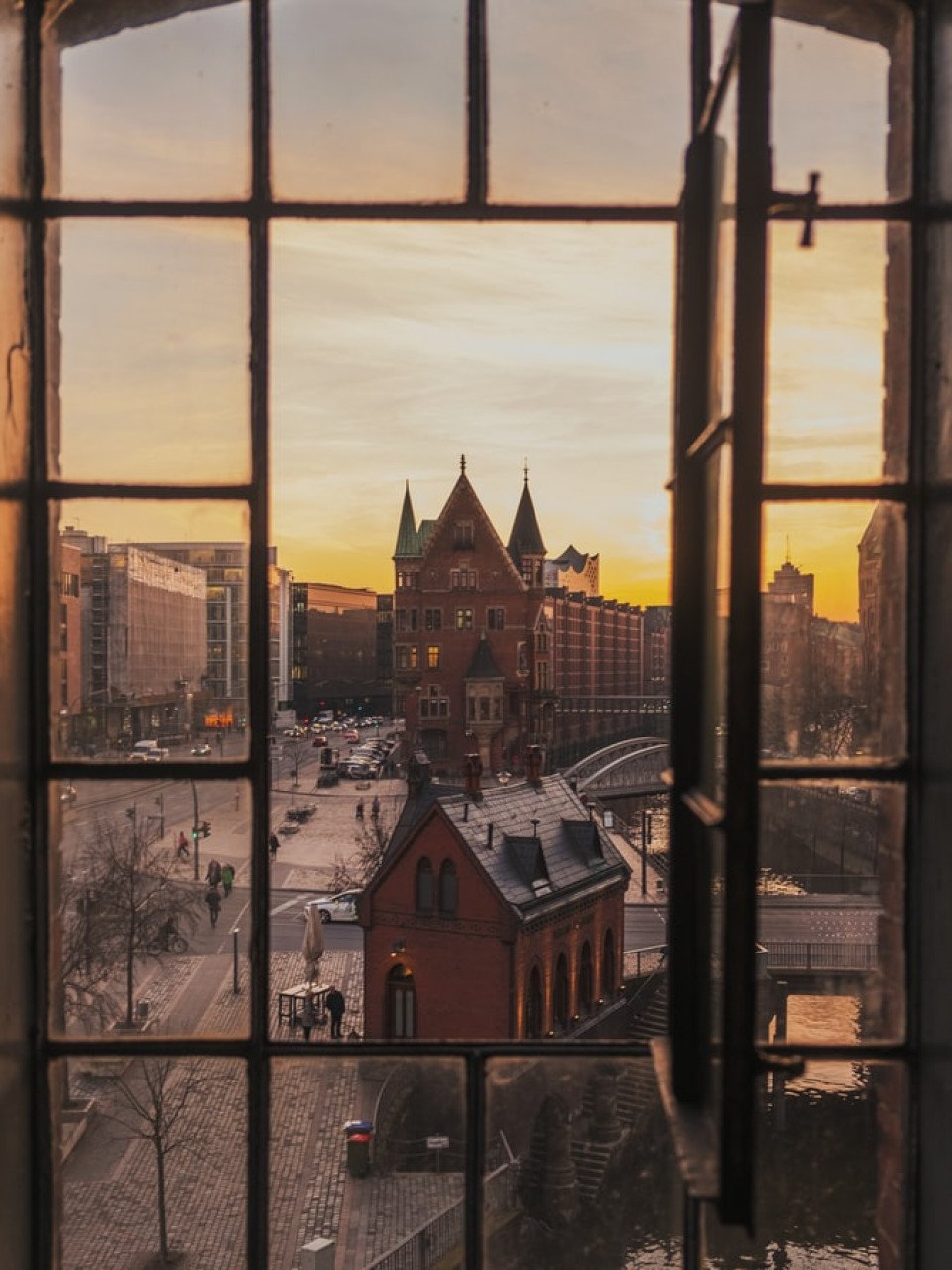
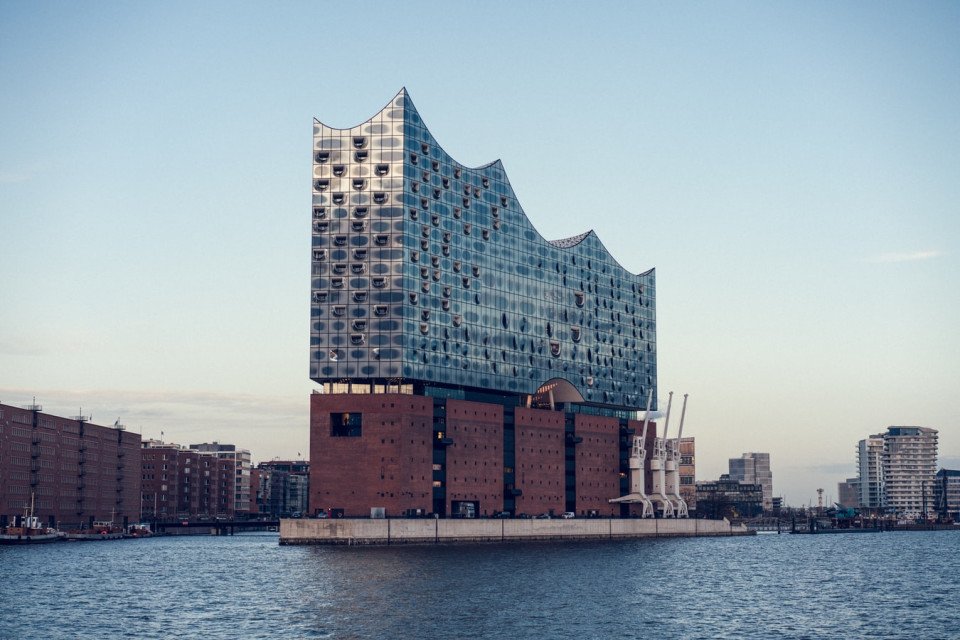
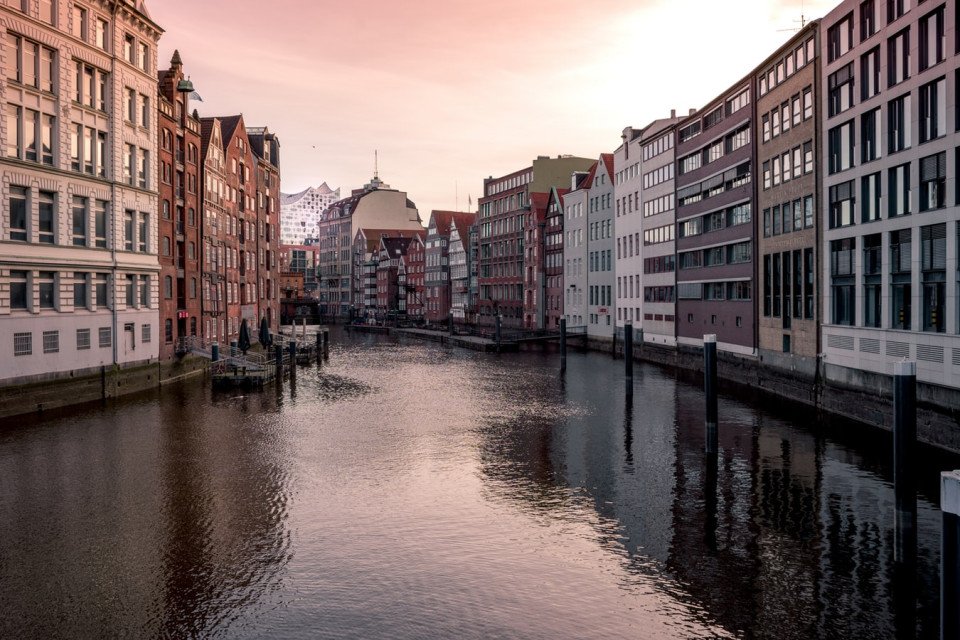
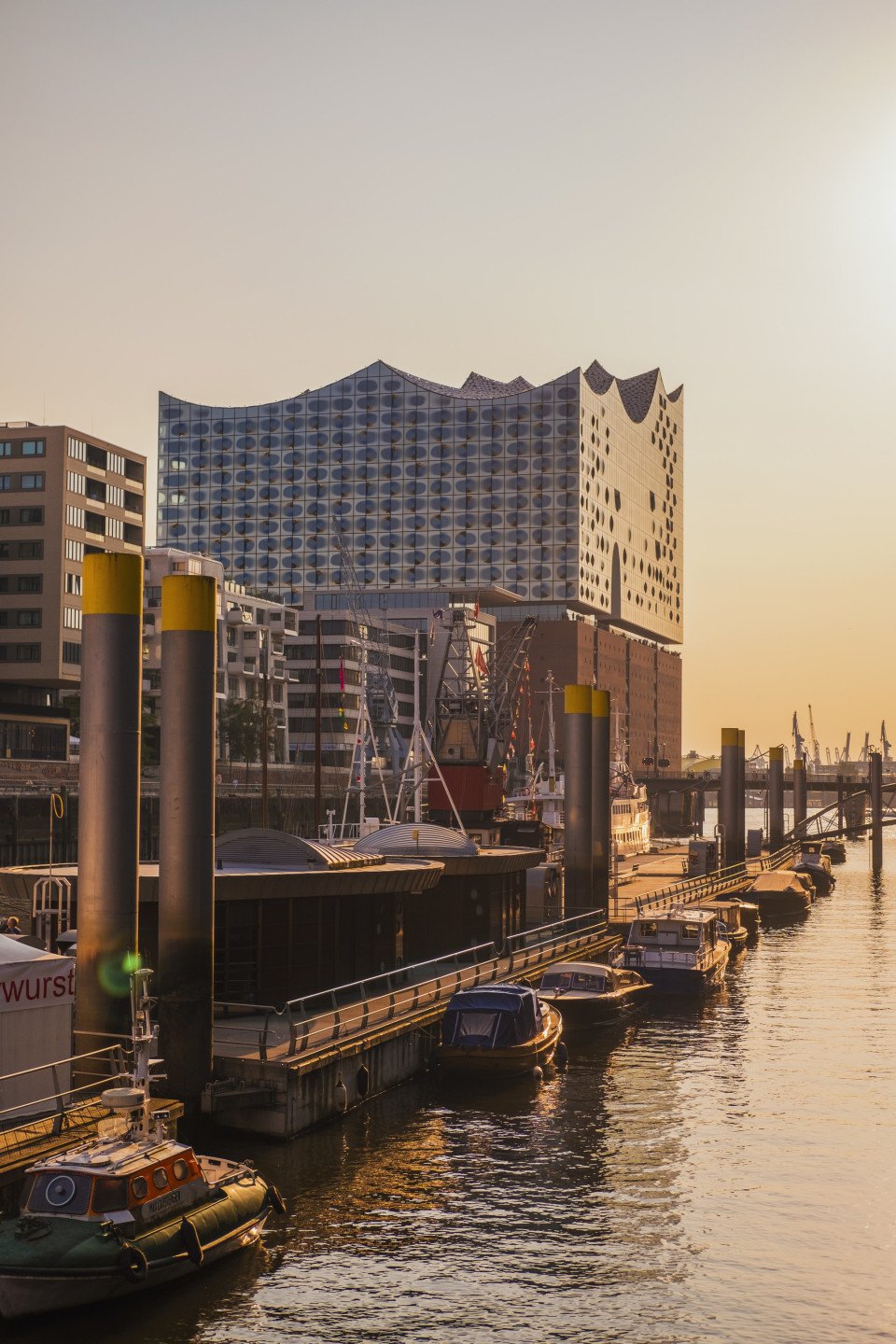
Hamburg
Hamburg is Germany’s second-largest city with a history dating back to Charlemagne. A major port, this vibrant city is home to art and culture, extensive shopping facilities, Baroque buildings and waterfront vistas. With its well-known fish market, art galleries and Museums together with s... Read More
Hamburg
At Sea
Copenhagen
At Sea
Visby
Helsinki
Tallinn
Stockholm
At Sea
Kiel
What's Included with
Cunard Line
Sail in luxury onboard a Cunard Cruise ship. With butler service available in all suits you can sit back and relax. You’ll find all the essentials onboard, allowing you to have the rejuvenating holiday you wanted.
Breakfast, lunch, dinner and snacks in a choice of included dining venues
Use of swimming pools, hot tubs, fitness centre and leisure facilities where available
Tea and coffee in seleted venues
Butler service in all suites
Shuttle service to and from ports and airport where available
Explore Queen Anne

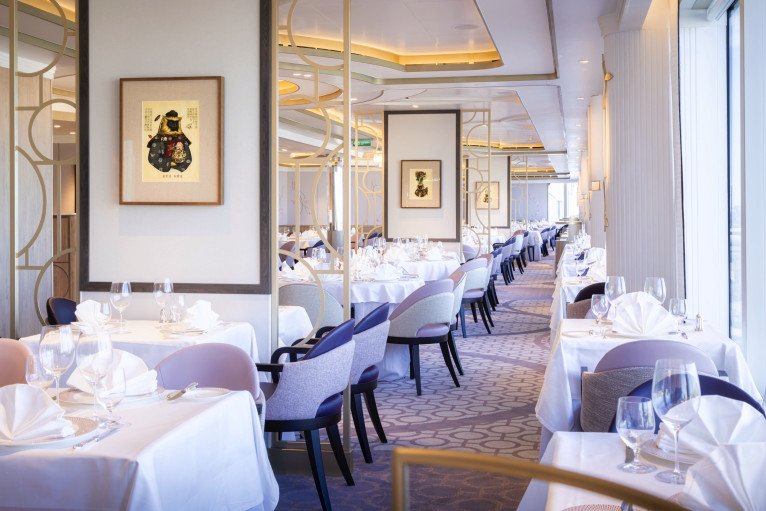


Queens Grill
The Queens Grill Restaurant is truly the epitome of luxurious, intimate dining. With a stellar menu and an atmosphere to match, enjoy the ultimate in sophistication and exclusivity.
At the Queens Grill Restaurant, attentive waiters will be on hand to take care of your every wish as you dine whenever you like, at a table that stays reserved for you throughout your voyage.
Whether you’d like to make a special culinary request or you’re looking for a specific accompanying wine, the choice, as always with Cunard, is yours.
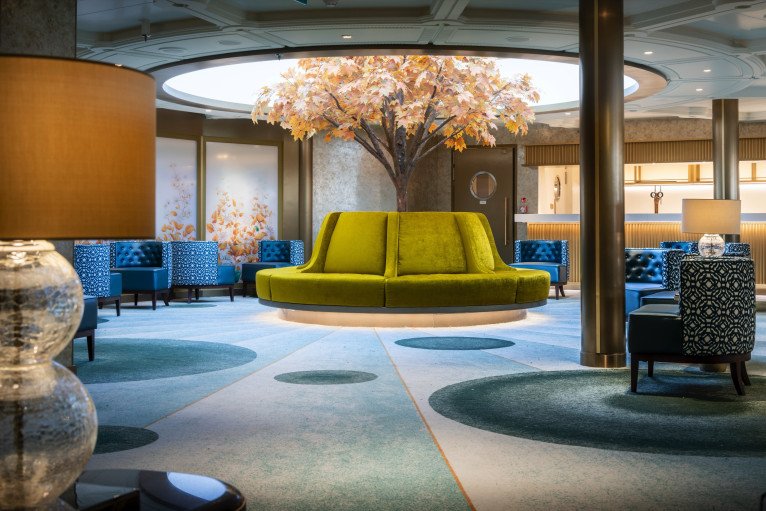




Grills Lounge
More information coming soon.


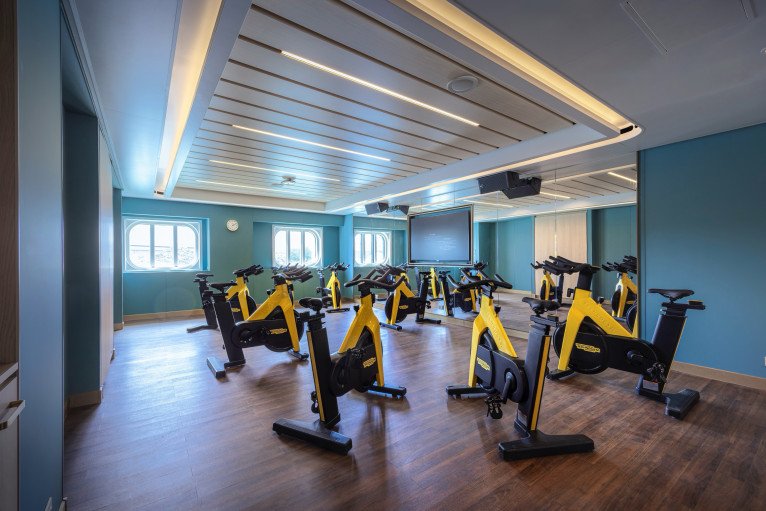

Mareel Wellness & Beauty Spa
Taking inspiration from the waters on which we sail, Mareel is designed to indulge the senses and soothe mind, body, and soul. Let stress melt away in the steam bath or sauna, feel reinvigorated in our new cold room and Himalayan salt sauna, and find a sense of weightless relaxation as you float in the thermal pool. After a swim or steam, enjoy the therapeutic benefits of our thermal loungers. Here you can close your eyes and absorb the peaceful atmosphere, or perhaps read a magazine while waiting for a luxurious marine-inspired treatment.
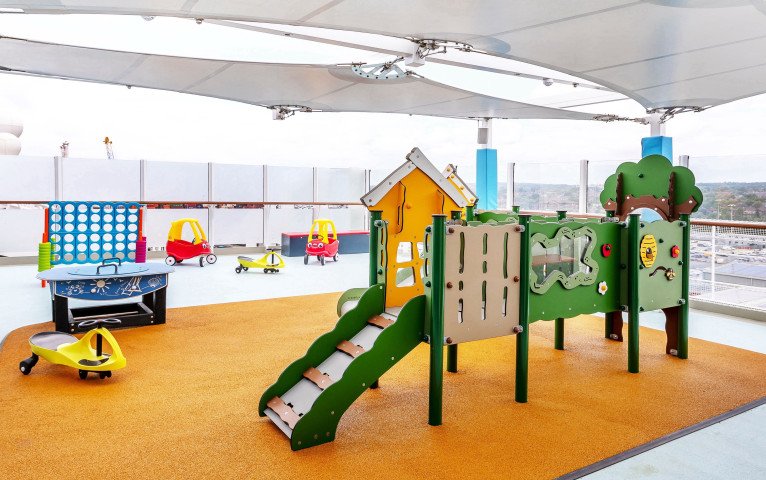
The Zone
More information coming soon.
Deck 14

- Paddle Tennis
- Toilet
- Table Tennis
- Putting Green
- Bar
Deck 12

- The Zone Outdoor Play
- The Zone
- Library
- Commodore Club
- Bar
- Toilet
- Boardroom
- Admiral's Lounge
- Churchill's
Deck 11

- Wellness Studio
- Toilet
- Grills Terrace
- Sun Bar
- Standard Inside Stateroom
- Balcony Stateroom
- Deluxe Oceanview
- Queen Suites
Deck 10

- Standard Inside Stateroom
- Balcony Stateroom
- Deluxe Oceanview Stateroom
- Queen Suites
Deck 9

- Al Fresco Dining
- Bar
- Mediterranean Restaurant
- Indian Restaurant
- Toilet
- Gelateria
- Grill
- The Pavilion
- Standard Inside Stateroom
- Oceanview Stateroom
- Balcony Stateroom
- Queen Suite
Deck 8

- Standard Inside Stateroom
- Balcony Stateroom
- Princess Suite
- Queen Suite
Deck 7

- Standard Inside Stateroom
- Balcony Stateroom
- Club Balcony Stateroom
- Queen Suite
Deck 6

- Standard Inside Stateroom
- Balcony Stateroom
- Club Balcony Stateroom
- Queen Suite
- Princess Suite
- Grand Suite
- Master Suite
- Penthouse
Deck 5

- Standard Inside Stateroom
- Balcony Stateroom
- Club Balcony Stateroom
- Penthouse
- Princess Suite
- Master Suite
- Queen Suite
Deck 4

- Standard Inside Stateroom
- Oceanview Stateroom
- Balcony Stateroom
- Princess Suite
- Queen Suite
Deck 3

- Britannia Restaurant
- Toilet
- Photography Centre
- Grand Lobby Boutiques
- Carinthia Lounge
- Bar
- Boutiques
- Queens Rooms
- Promenade Deck
- Royal Court Theatre
Deck 2

- Royal Court Theatre
- Beauty Salon
- Bar
- Golden Lion
- Beauty Salon
- Queens Room
- Voyage Sales Shore Experiences
- Grand Lobby
- Britannia Club
- Chart Room
- The Gallery
Deck 1

- Changing Rooms
- Fitness Centre
- Relaxation Lounge
- Spa Treatment Rooms
- Embarkation
- Spa Reception
- Studio
- Thermal Suite
- Standard Inside Stateroom
- Oceanview Stateroom
- Deluxe Oceanview Stateroom
- Purser's Office
- Games Room
- Drawing Room
- Grand Lobby
Queen Anne Cabins & Suites

Britannia Inside



Britannia Oceanview Deluxe



Britannia Club Balcony






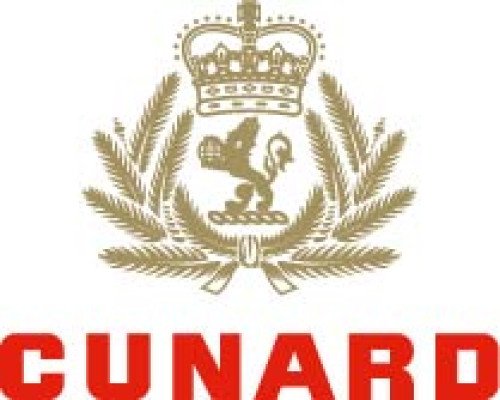

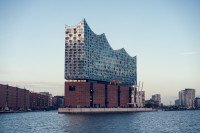
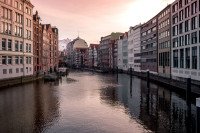
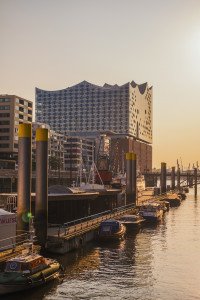
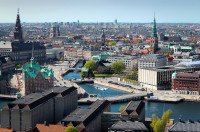
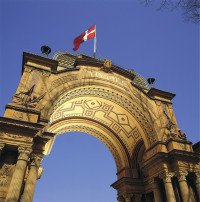
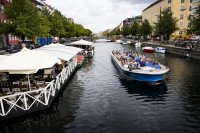
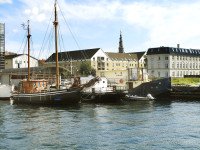
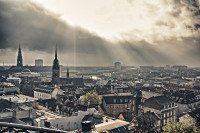

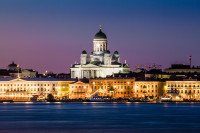
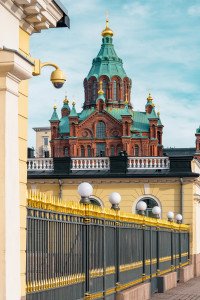

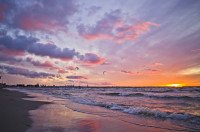

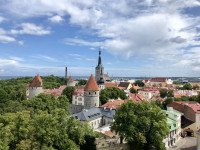
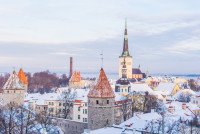
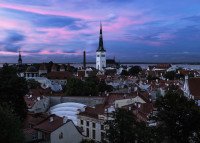
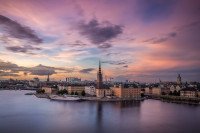
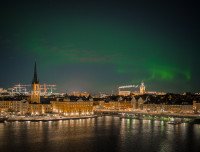
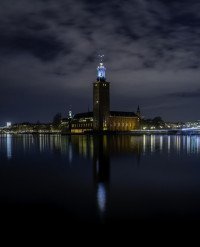
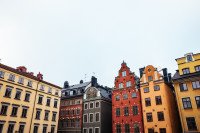
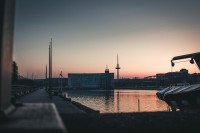
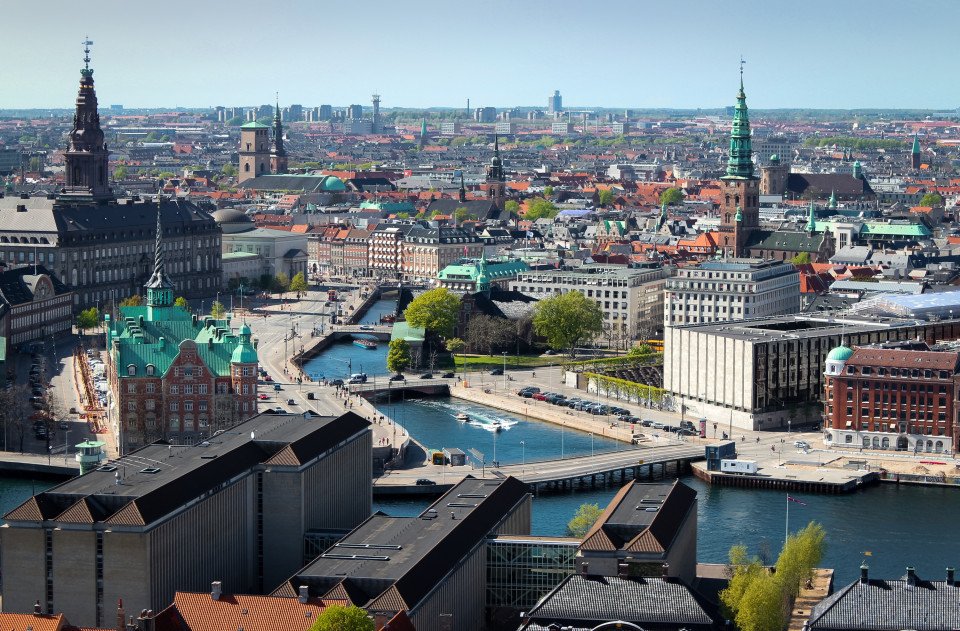
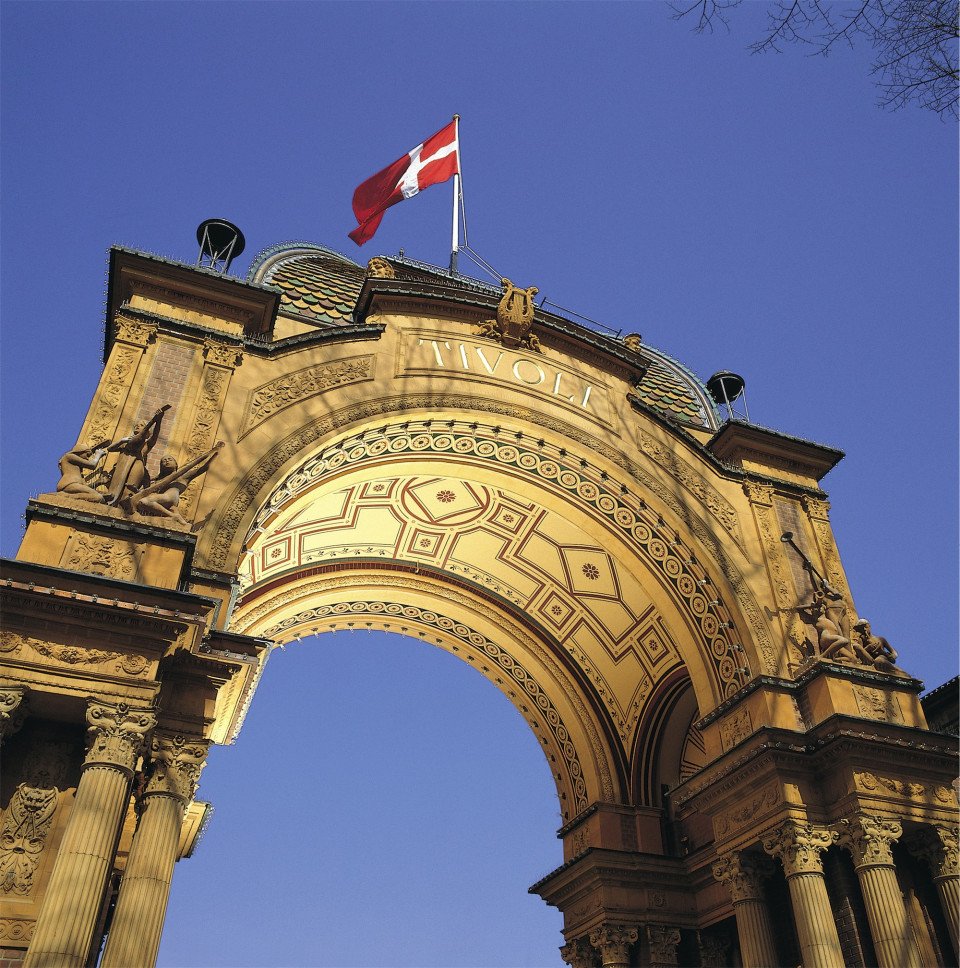
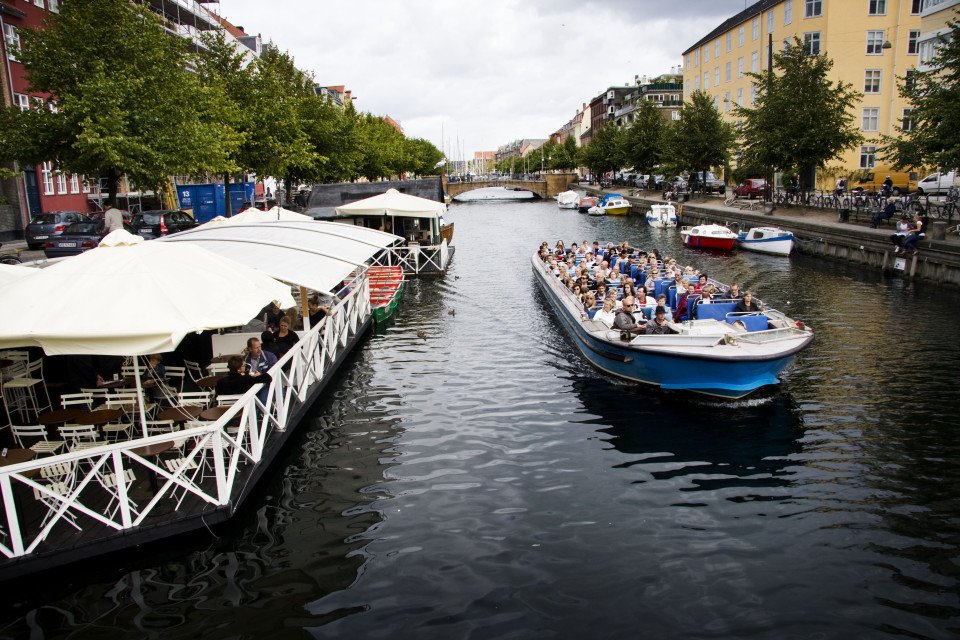
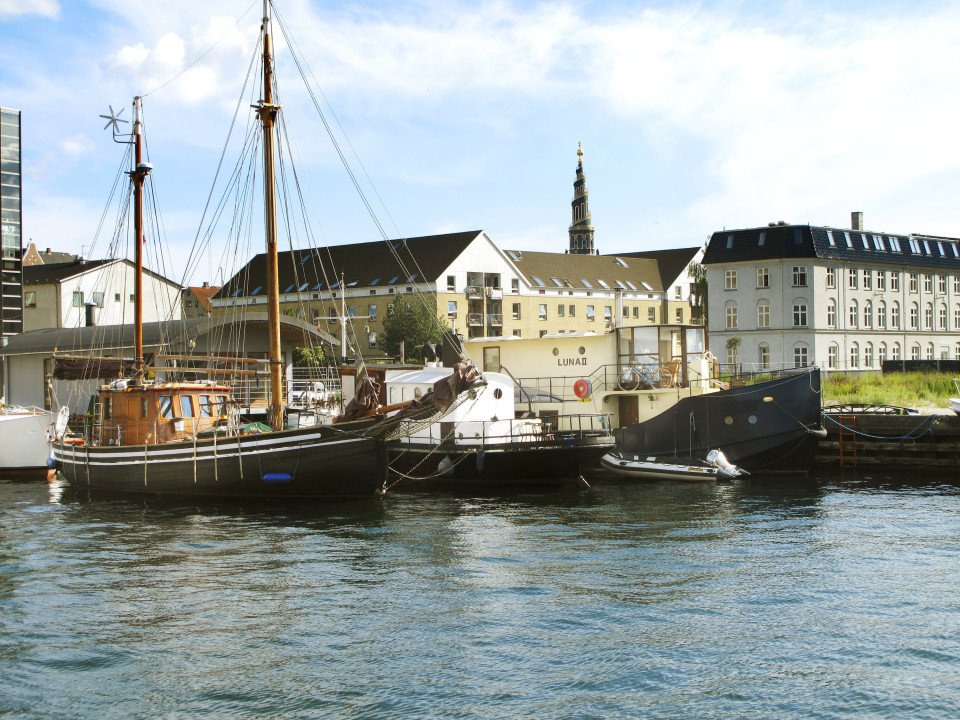
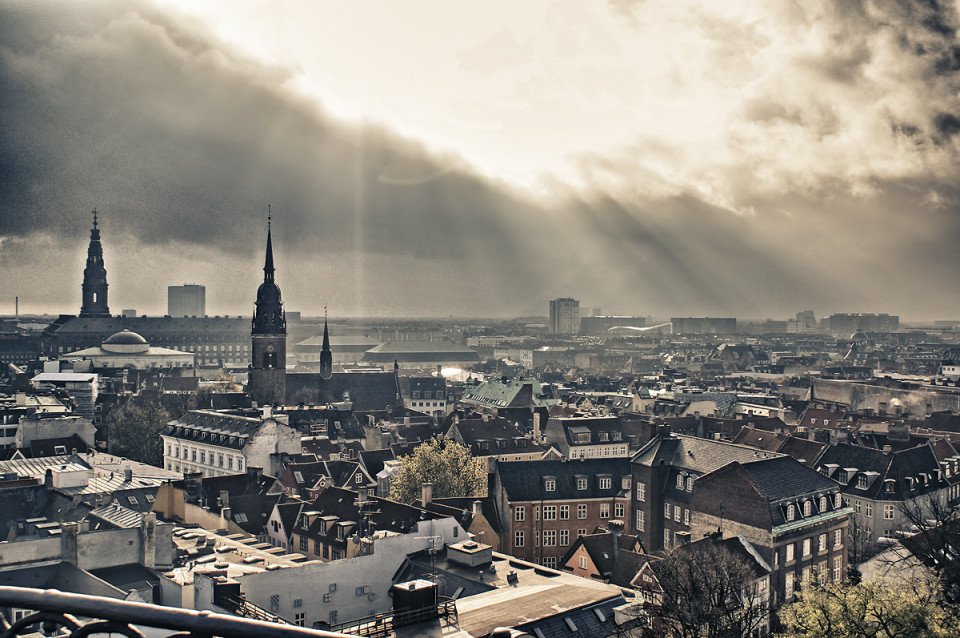

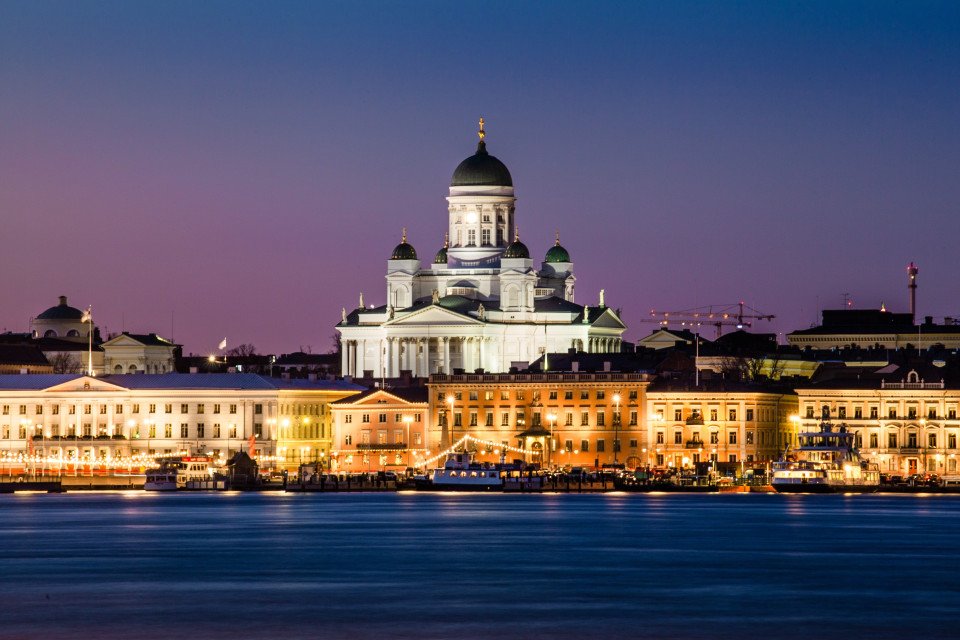
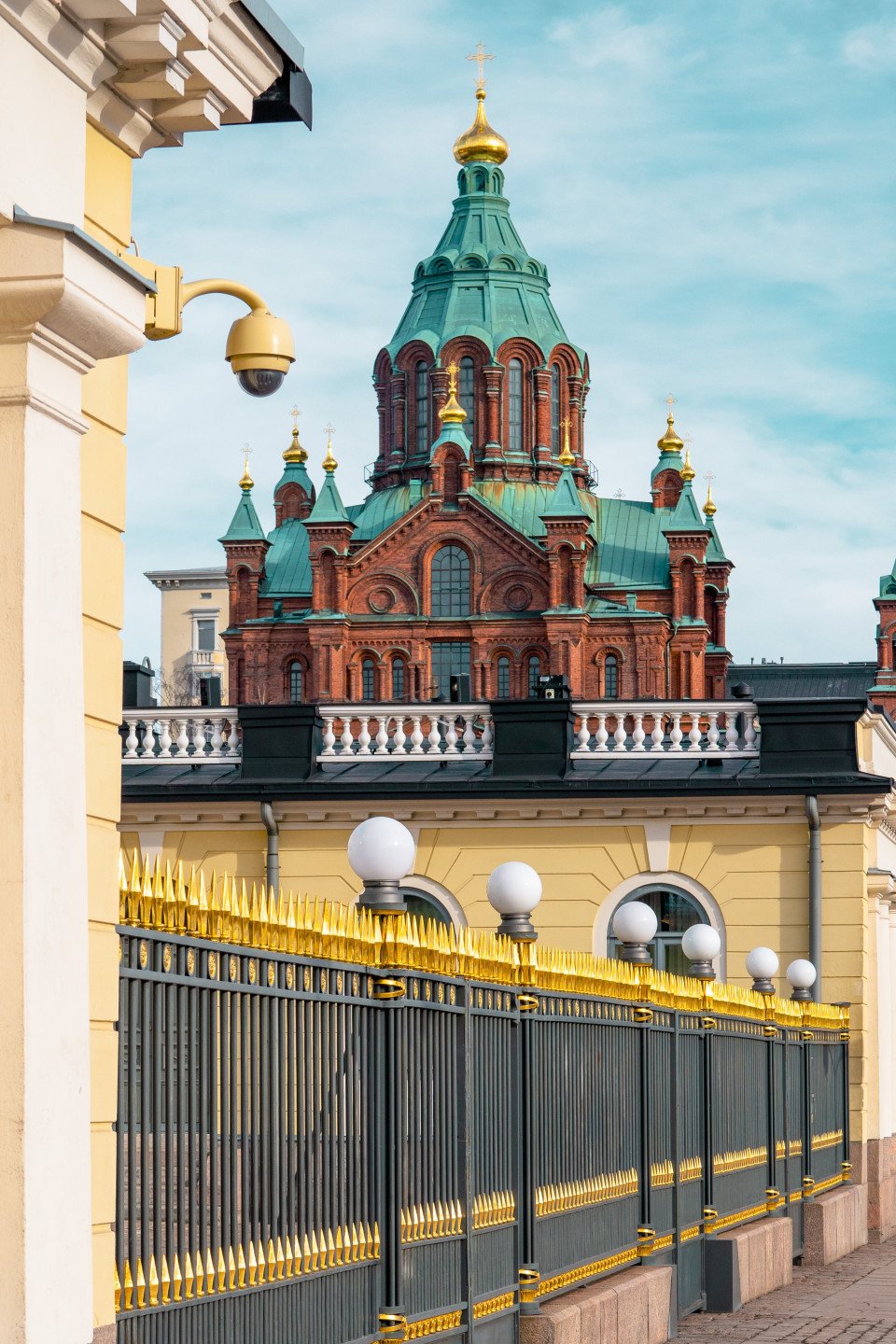
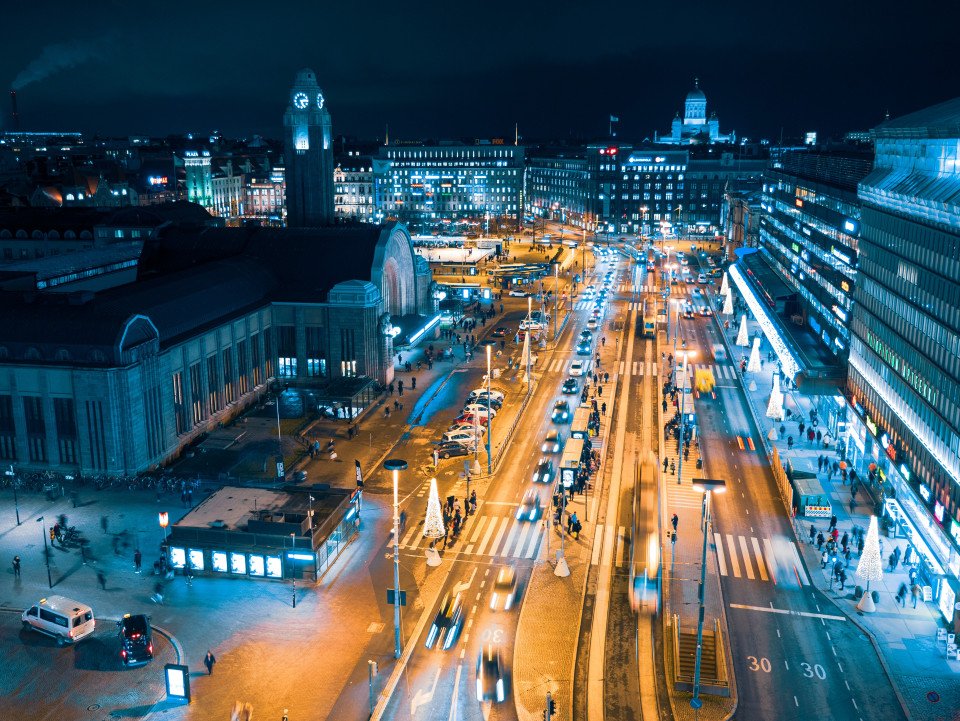
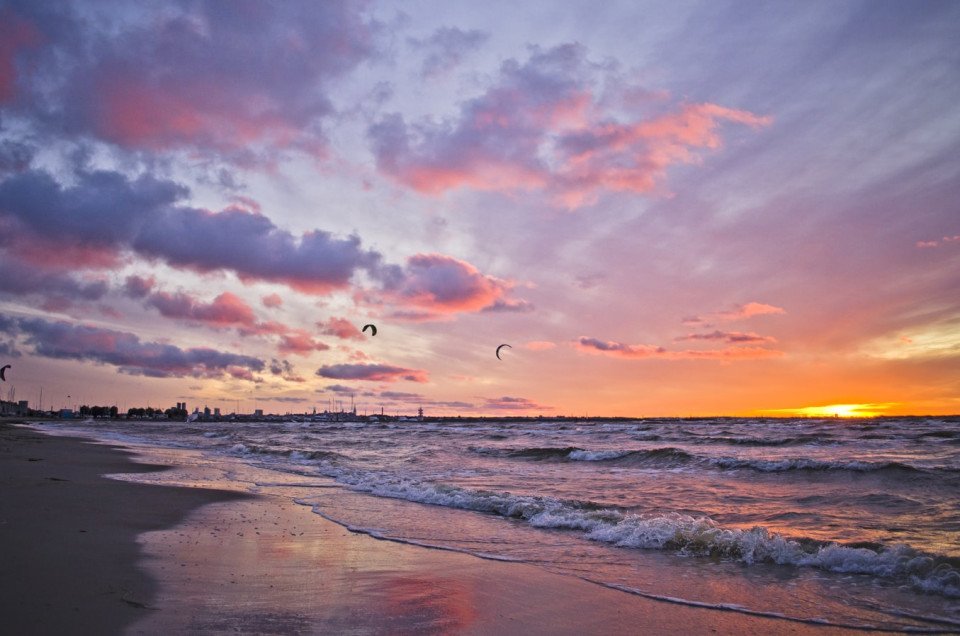
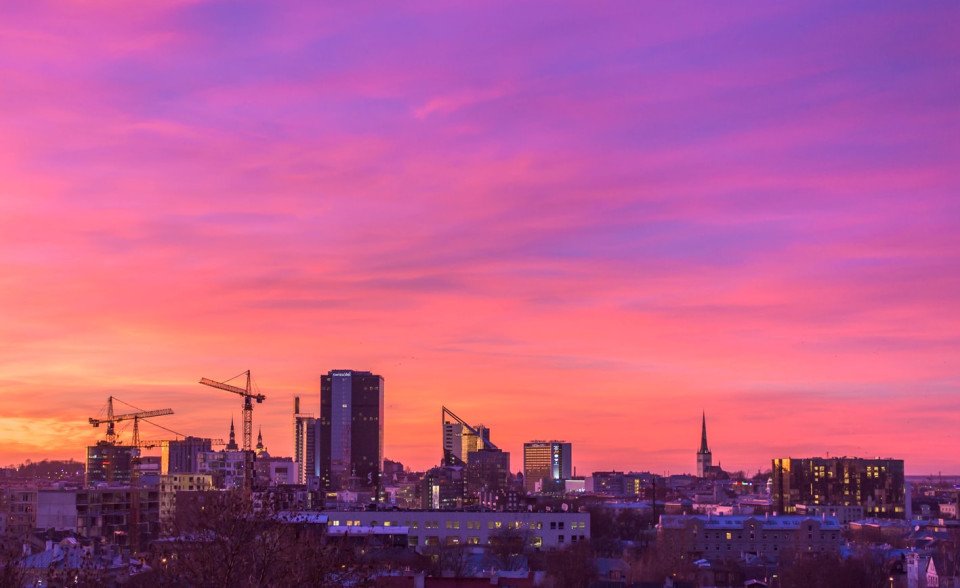
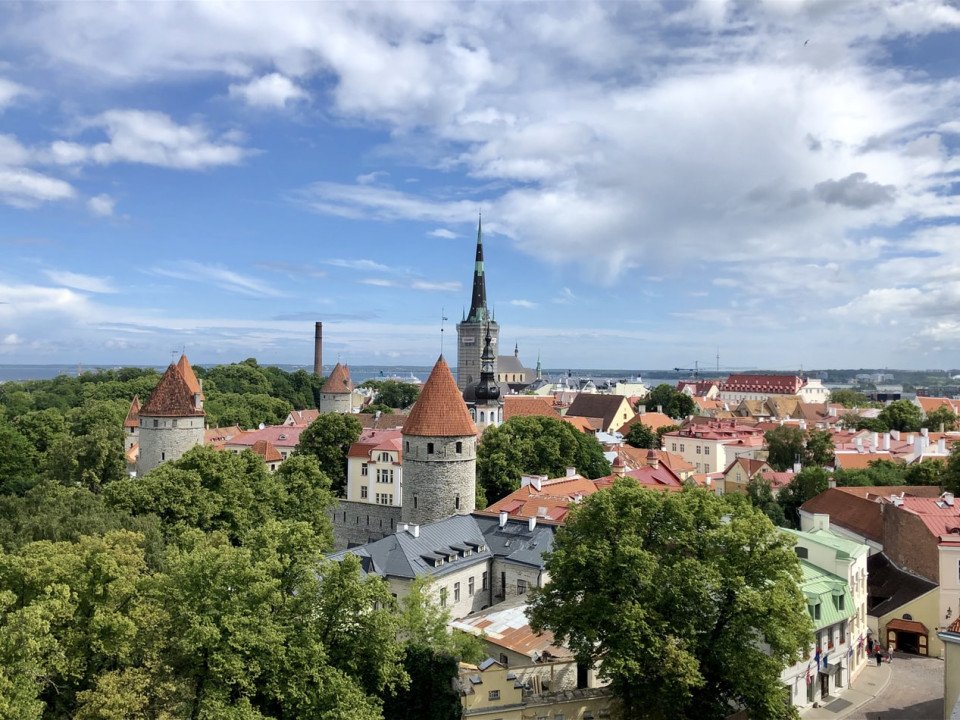
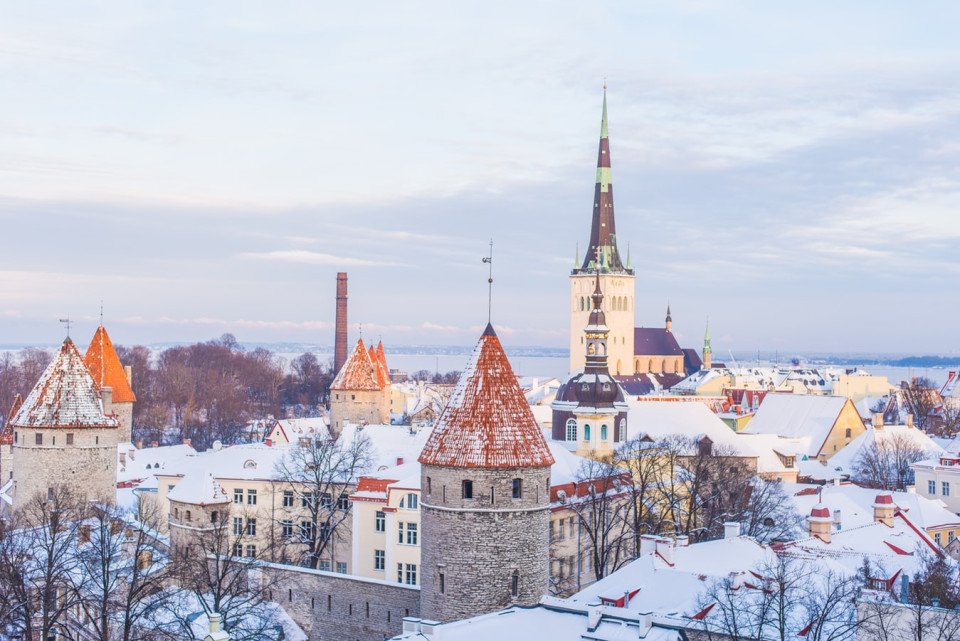
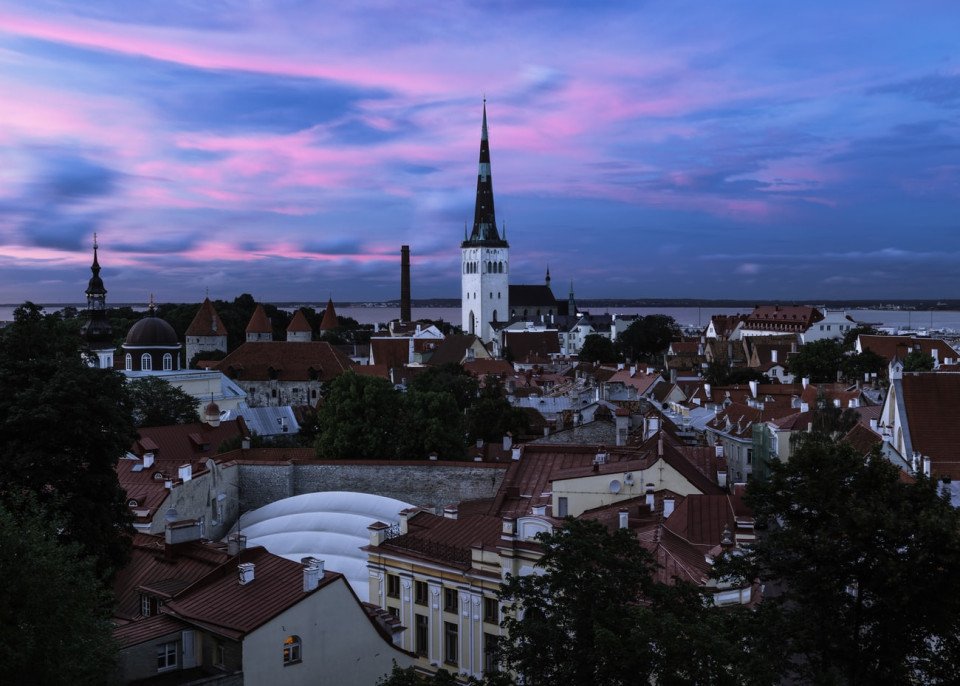

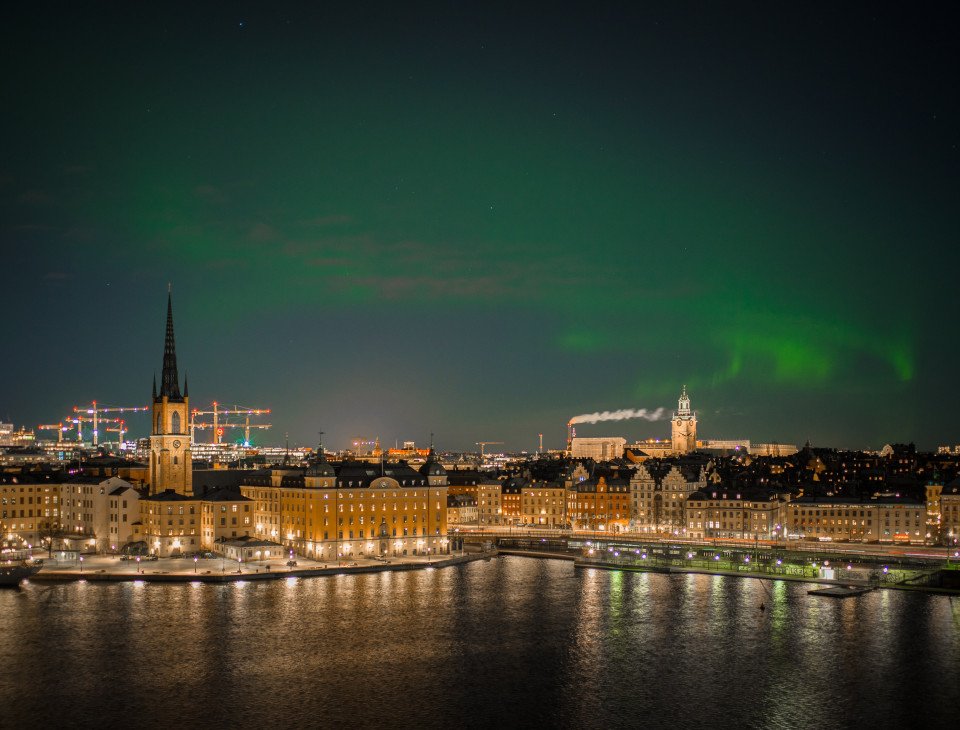
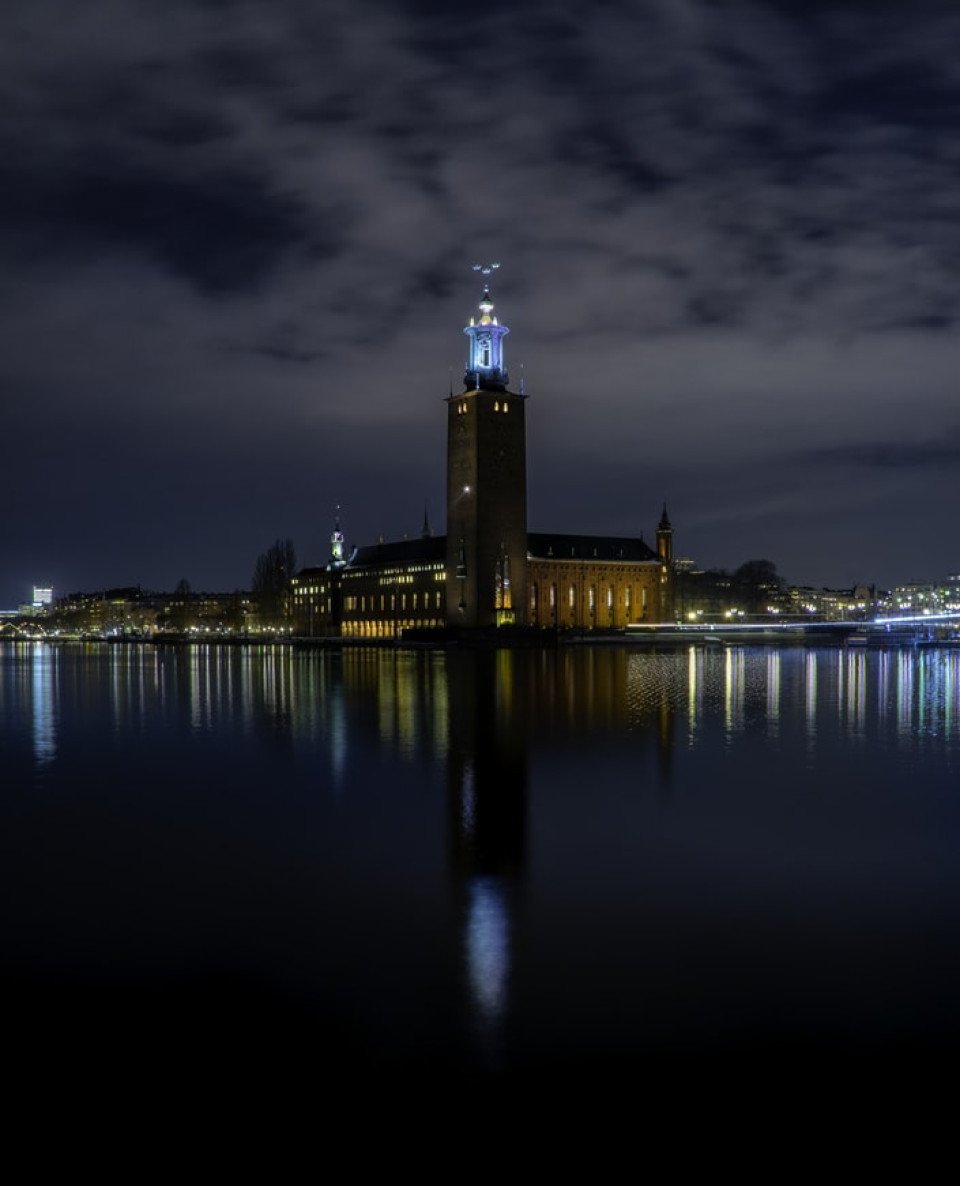
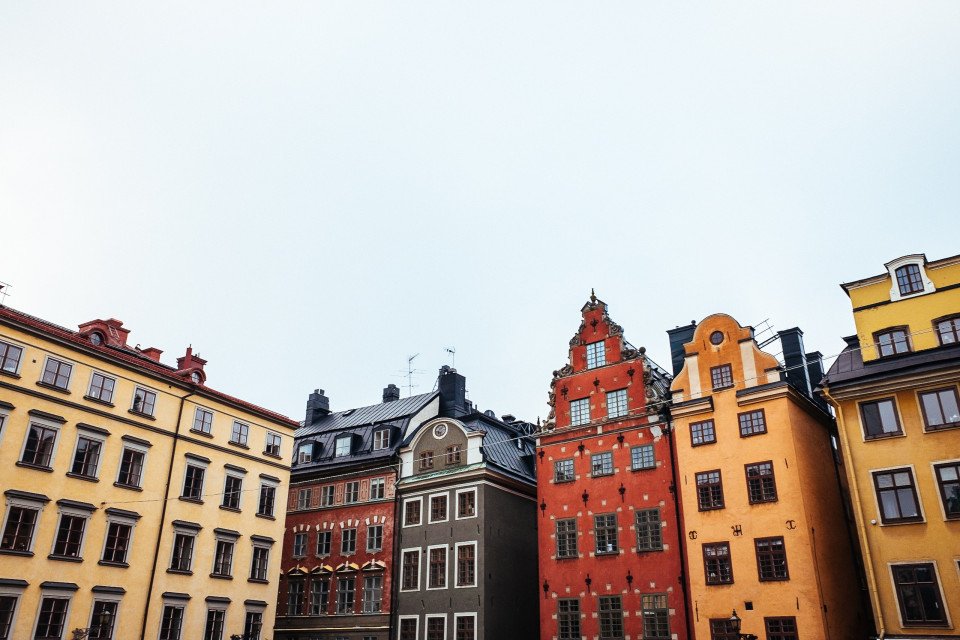
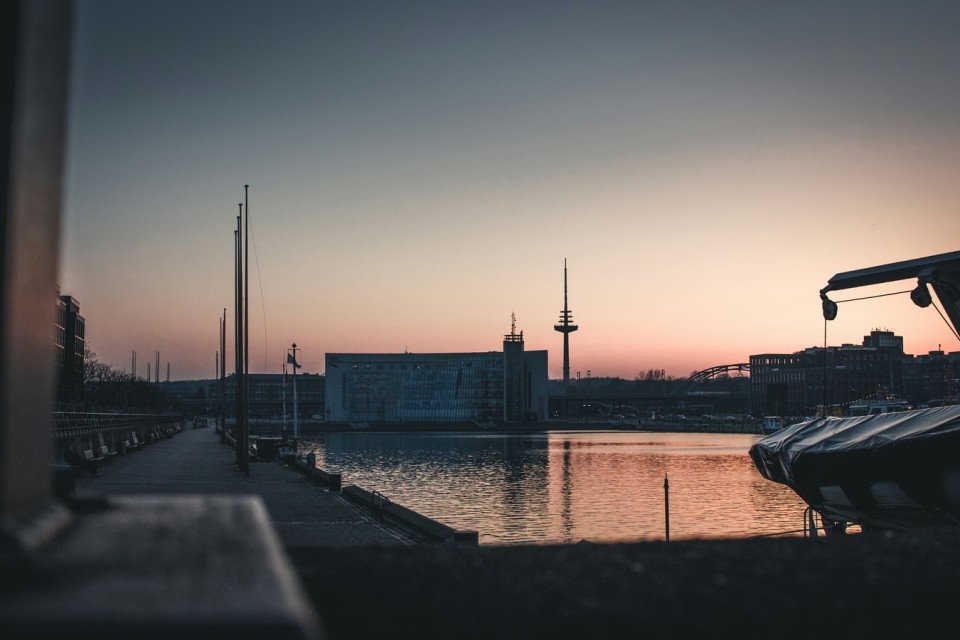

-large_thumb.jpg)









